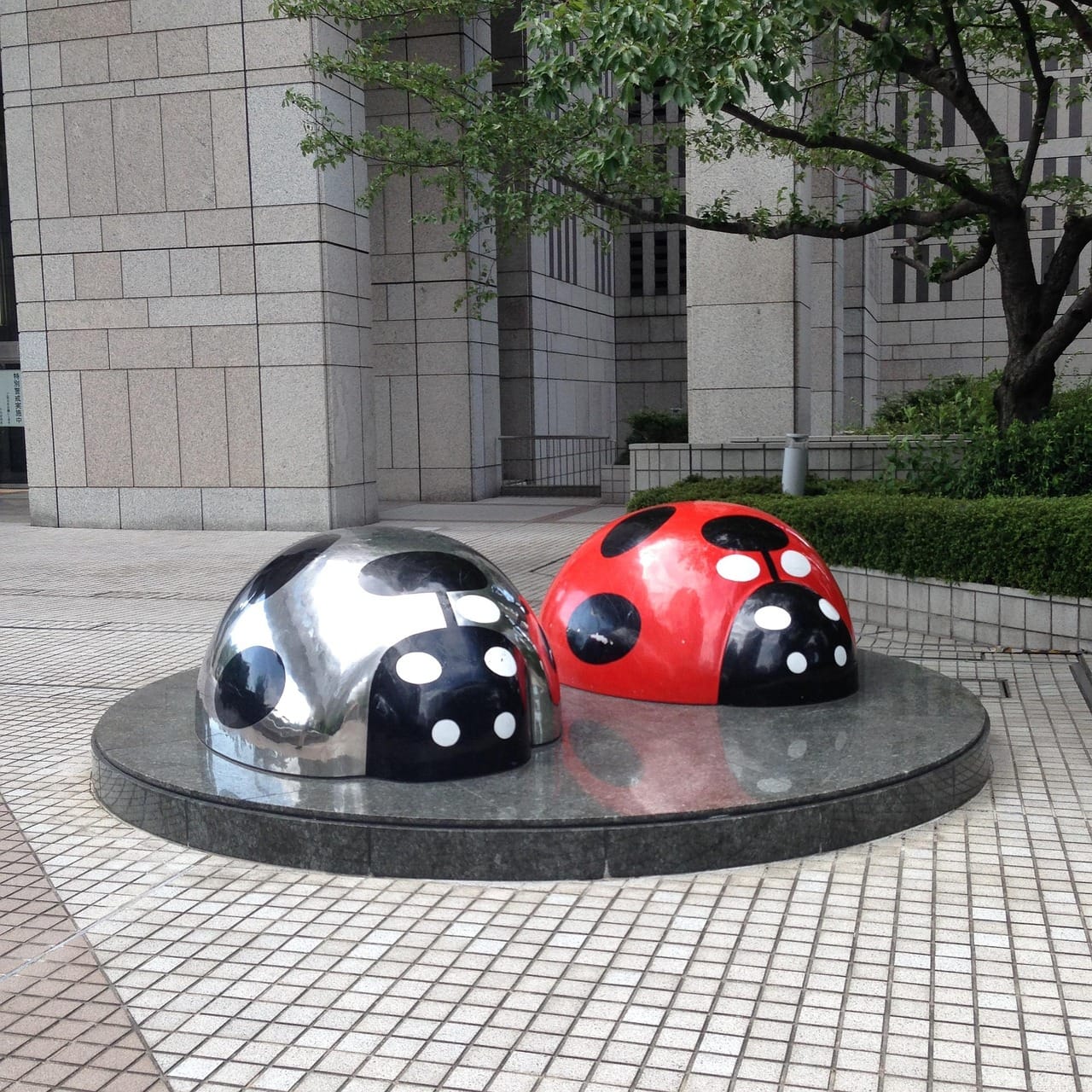
Date: June 2025
Category: Gaming Legends, Nintendo History, Gaming Culture
Introduction: Who Is Shigeru Miyamoto?
In the world of video games, Shigeru Miyamoto is not just a name — he is a legacy. Widely regarded as the “Walt Disney of video games,” Miyamoto is the creative genius behind some of the most iconic gaming franchises in history, including Super Mario, The Legend of Zelda, Donkey Kong, and Pikmin. He didn’t just make games — he shaped entire childhoods, revolutionized interactive entertainment, and helped build Nintendo into a household name.
This in-depth blog explores his life, career, philosophy, and the massive impact he has had on the gaming industry.
Early Life: From Kyoto to Creativity
Born on November 16, 1952, in Sonobe, Kyoto, Japan, Shigeru Miyamoto grew up exploring the countryside, creating imaginary adventures, and sketching cartoons. This early fascination with storytelling, drawing, and exploration became the bedrock of his future creations.
He joined Nintendo in 1977 as an industrial designer when the company was shifting from being a playing card manufacturer to an electronic gaming company. Nobody knew then — not even Miyamoto himself — that he would soon create the blueprint for generations of video games.
1981: The Breakthrough – Donkey Kong
Miyamoto’s breakthrough came with Donkey Kong in 1981. Nintendo wanted to enter the American arcade market and needed a hit. Miyamoto, who had no formal programming experience, instead focused on story and character design.
He created:
- A giant ape (Donkey Kong)
- A hero named “Jumpman” (who later became Mario)
- A damsel in distress (Pauline)
Fun fact: Donkey Kong was originally meant to be a Popeye game, but the license wasn’t available. This twist of fate led to the birth of Mario — the most famous character in gaming history.
The Birth of Mario: The Super Star of Gaming
After Donkey Kong’s success, Miyamoto expanded Mario into a standalone character. In 1985, Super Mario Bros. for the Nintendo Entertainment System (NES) redefined what a video game could be.
What Made Super Mario Bros. Special?
- Side-scrolling gameplay that felt natural and fluid
- Secret levels and warp zones that encouraged exploration
- Power-ups like mushrooms and fire flowers
- Catchy music and colorful visuals
This was not just a game — it was a new language of play, and it made Mario a pop culture icon.
The Legend of Zelda: Gaming’s First Epic Adventure
In 1986, Miyamoto co-created The Legend of Zelda, an action-adventure game that introduced:
- Non-linear exploration
- Puzzle-solving mechanics
- Item-based progression
- Open world design (years before it became a trend)
Zelda’s world of Hyrule, its lore, and the silent hero Link captured players’ imaginations and laid the foundation for future RPGs and sandbox games.
Pikmin, Star Fox, and Beyond
Miyamoto didn’t stop with Mario and Zelda. He also worked on:
- Pikmin – A real-time strategy game with a heartwarming story
- Star Fox – Nintendo’s leap into 3D polygonal graphics with space dogfights
- F-Zero – High-speed racing that showed off the Super Nintendo’s power
He continued to adapt and evolve with each console generation — from NES and SNES to GameCube, Wii, and Switch.
His Philosophy: “Fun First, Then Technology”
Shigeru Miyamoto has always believed that games should be fun and emotionally engaging, not just technically impressive. His creative process is simple but profound:
- Start with an idea (often from nature or everyday life)
- Focus on player experience
- Test rigorously to ensure fun
- Innovate, don’t imitate
His emphasis on creativity and player joy led to innovations like:
- The motion controls of the Wii
- The dual screens of the Nintendo DS
- The hybrid nature of the Nintendo Switch
Miyamoto once said:
“A good idea is something that does not solve just one single problem, but rather can solve multiple problems at once.”
Shigeru Miyamoto’s Global Impact
The numbers speak for themselves:
- Over 830 million copies of Mario games sold worldwide
- The Legend of Zelda celebrated its 35th anniversary with over 135 million units sold
- Nintendo’s franchises have inspired movies, merchandise, music, and theme parks
In fact, Super Nintendo World in Japan and the U.S. brings Miyamoto’s creations to real life — a theme park where you can literally jump into a warp pipe.
Recognition and Awards
Shigeru Miyamoto’s contributions have earned him:
- BAFTA Fellowship Award (2010)
- Princess of Asturias Award for Communication and Humanities (2021)
- Inclusion in TIME’s 100 most influential people
- Hall of Fame status in nearly every gaming award body
He has become a symbol of timeless innovation, with industry veterans and new developers alike considering him their greatest inspiration.
What’s Miyamoto Doing Now?
As of 2025, Shigeru Miyamoto is a Creative Fellow at Nintendo, still actively involved in supervising game development and new ideas. He was heavily involved in:
- The Super Mario Bros. Movie (2023) — which became a global blockbuster
- Expansion of Nintendo’s theme park projects
- Working on new experiences that bridge real life and gaming, possibly in AR and AI
Even in his 70s, Miyamoto remains a visionary, constantly pushing the boundaries of storytelling, design, and fun.
Lessons From Shigeru Miyamoto’s Legacy
- Start Small, Dream Big: He began with drawings and simple mechanics that evolved into global icons.
- Focus on Fun, Not Flash: Gameplay and joy matter more than graphics or trends.
- Be Curious Like a Child: His design inspiration comes from walking, exploring caves, or playing with toys.
- Keep Innovating: He never stopped learning or adapting — from 2D pixel games to 3D, VR, and beyond.
Conclusion: The Man Who Made the World Smile
Shigeru Miyamoto didn’t just make video games — he made memories, adventures, and smiles that spanned across cultures and generations. Whether you’re 8 or 80, whether you’ve played Mario or not, you’ve felt his influence in the entertainment landscape.
In a world where games are often judged by realism, violence, or tech specs, Miyamoto reminds us that pure joy, wonder, and imagination are the greatest tools of all.
As Nintendo continues to innovate, one thing is certain — the spirit of Miyamoto lives in every pixel of fun.





